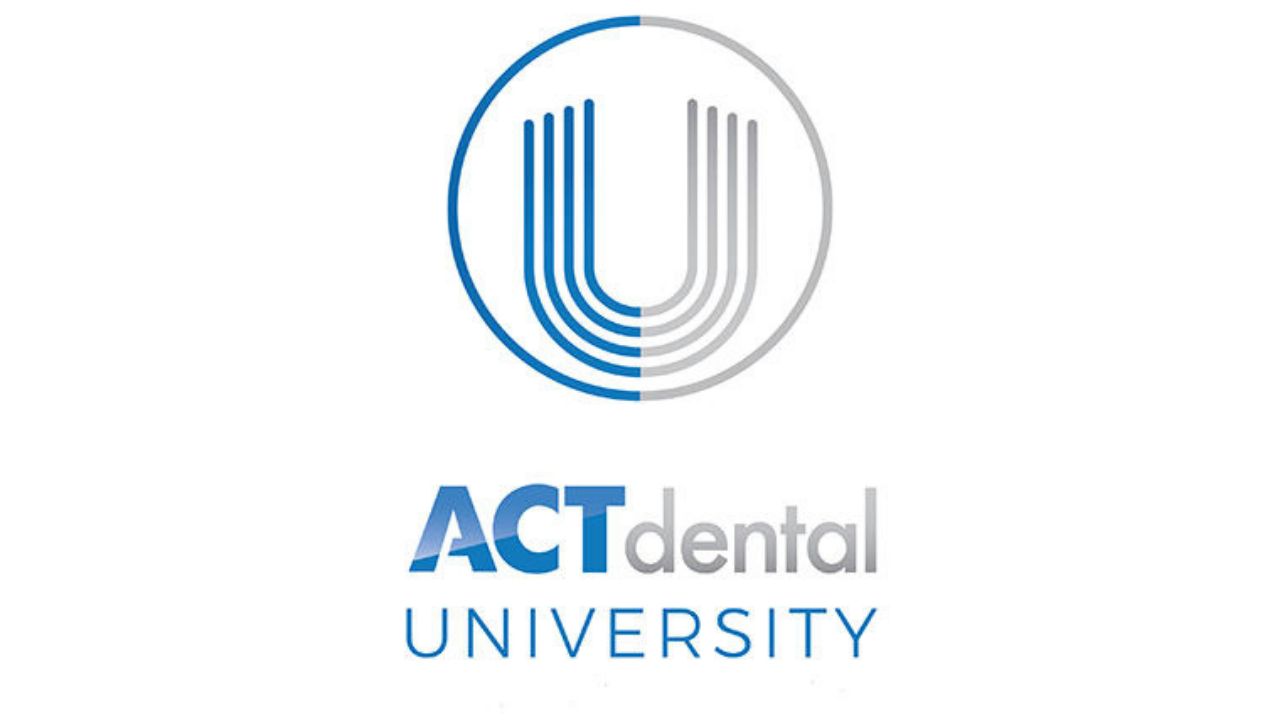With the knowledge of how great in-house membership programs can be for your practice, you might be ready to jump in and start. That’s great! However, there are a lot of things to consider when setting up and organizing your program to make it work for you and your team.
A few of the major considerations during this process including how to create your own membership program plans, what tools to use to manage it, how to price it and other strategies you can use to make this program successful for your practice.
Consider State Regulations
First and foremost, you want to be sure that you’re adhering to any legal guidelines your state may have for these sorts of programs. You don’t want to finish planning your program, only to be faced with legal ramifications down the road.
While offering an in-house membership program is not illegal, some states have regulations regarding how you operate your program. Make sure you’re checking databases or other resources to identify these regulations ahead of time. I would also recommend talking to your state insurance commissioner to see if they require any information from your practice before you begin your membership program.
Additionally, I encourage dental practices in every state to get legal work done, such as drawing up contracts and agreements, so you will be protected if any issues come up. If you are worried that your membership program is not legally allowed in your state, ask an attorney to look at these details for you. It is far better to be safe than sorry.
Getting started
Once you’ve become familiar with your state’s regulations on in-house membership programs, you’ll be ready to jump into planning and organizing the main parts of your program. Here are some of the major aspects of a membership program you need to consider.
Plans
The first thing your office needs to do is create plans for your patients. Most dental practices start off with one or two plans, then expand options as they learn about what works in their own markets.
One thing you can do when creating plans is target certain demographics in your area. For example, you can create a plan for senior citizens in your city. Many senior citizens don’t have any kind of insurance coverage, but they tend to need a lot of dental work done as they get older. They would be thrilled that your office has this type of plan to offer them.
You can also aim plans at young families. Families with kids will bring more patients in on each visit, resulting in more revenue for you. You can even create plans for certain businesses in your local market by offering them a custom plan just for their employees if the business pays for the membership. With this idea, you might be able to get hundreds of patients and subscribers in a short amount of time.
There are tons of plans that can serve general populations or specific groups in your practice’s community. I suggest that you meet with your team and brainstorm about the plans you can create and identify which you could benefit from the most.
Locations
Another consideration comes into play if you have multiple practice locations. It would be wise to create location-specific plans, as well as general plans.
If your locations are far enough apart, you might have two, five or even sixteen different demographic groups from those in your main location. Each of those groups could benefit from a specially designed plan. Make sure you consider this as you create your plans.
Goals
A goal is a dream with a deadline. It is extremely important that you create specific, attainable goals for your in-house membership benefit program and then track them thoroughly. When successes and failures are closely tracked and measured, they will improve.
Solidify your goals and build your in-house membership program in a way that lets you reach them, so you can escape the headaches of insurance companies and offer a better plan to your patients and practice.
Dental Membership Software
In addition to detailed plans and goals, you’re going to need one place to organize your plans, add members to those plans, automate payments and track your results. Some dental practices attempt to organize these details on their own, only to get in over their heads by the sheer amount of information needing to be filed away.
If you really want to grow and efficiently manage your membership program, you should consider using membership software. Software can make your life easier when growing and managing a membership program and can relieve the headache of manually tracking and charging patients.
Another reason why you need a software system is because it’s likely that your front desk manager will be the one in charge of managing your program. But what happens if that person quits or gets fired? Your program could fail because the one person managing it no longer works at your practice. It is much easier and safer to create a system and use software to manage the membership program.
Software programs like BoomCloud can help you keep everything organized and make managing your in-house membership program easier, all while allowing your patients to sign up through your own website.
If you need a better website for your dental practice, BoomCloud’s sister company, RocketFire, can help your office with that. They build and maintain beautiful dental websites that integrate easily with our membership software, and they even allow you to accept one-time payments from your patients right from your website. I highly recommend using RocketFire because the staff understands dentistry and its products integrate seamlessly with BoomCloud membership software.
Managing payment
Once you’ve figured out the plans you’re going to offer, how you’re going to keep track of all your program information and what your goals are, it’s time to get down to the real business: money.
After all, you’re creating this program to boost your profits, so you should take extra time to carefully sort out the details of pricing and payment. If the price of your membership is too high, then your program won’t take off and can’t benefit your practice. If the price is too low, it may hurt your practice by lowering your potential profits.
If you’re totally lost on how to structure your pricing, here are some tips.
Don't Charge Too Much
One problem I’ve consistently seen is that dental practices will charge way too much for their membership programs. This causes patients to avoid signing up because it’s too expensive, leaving the business with fewer customers.
The average price for an in-house membership plan across the nation is approximately $299 a year per patient. I suggest using this number as a guide to price out your program, but remember that this number might increase or decrease depending on your local market.
This is why it is so important to understand your market and what the average costs are for these types of programs. Do competitive research to see what other dental practices are charging in your area and find a comfortable middle ground.
If you want to increase the cost of your program, you can add value to your membership plans by offering other services or products. You can also create plan tiers and allow patients to pick between three or four options. This way, they can find one that fits their budget and dental needs.
Don't Lose Money
On the other hand, you want to make sure you’re not undercharging your patients. The purpose of an in-house membership program is not to lose money, but to gain it!
With this kind of plan, you are not working with insurance, so you can offer any kind of savings you want to your patients. This is the beauty of this kind of benefit plan: you are in control. However, avoid giving steep discounts and losing money in order to gain new patients. This strategy can create patient frustration and devalues the work you do.
If a patient is paying $299 a year, a good baseline to follow is that they should get at least 10 percent off major procedures like crowns and bridges and 15 percent off on other procedures like periodontal cleanings.
You want to find a healthy balance between the membership cost and the procedure discounts so that you can benefit from the recurring payments and procedure costs while still offering your patients a good value.
Monthly Membership Pricing
Some businesses prefer to charge their patients for a full year of a membership plan upfront. This can be a good way to earn predictable income and minimize the risk of a patient cancelling the membership after a few months.
However, I recommend using a monthly membership pricing model rather than a yearly one. Reason being, some families you serve are large or have fixed incomes, and thus, might not be able to pay for a full year right away. This can be an extremely burdensome cost for them and might turn them off the program entirely. You want to keep these types of people in mind as you create the pricing structure for your membership program.
Automate Payments And Renewals
No matter if you’re going with a monthly or a yearly membership pricing model, I highly recommend that you automate all recurring payments for your program. Make auto-payments a priority, because as you grow, payments will be harder and harder to manage without them.
If you are manually collecting payments, you will be off to a bad start. The goal of this program is to grow your subscriber base to hundreds or even thousands of patients. If your staff has to manually call patients to check if they want to re-subscribe and run card payments or process checks by hand, this model will not be scalable.
Additionally, you should set up your program to auto-renew patients. Many practices do a one-time charge for the year, but then never renew the patient who has subscribed after the fact. This is a bad practice, because the whole purpose of creating an in-house membership program is to keep and retain loyal patients.
Compare an in-house membership program to Amazon Prime. Most of us have subscriptions to Amazon Prime, which automatically renews each year. The subscription will continue until we tell it to stop. Some of us forget about it entirely, while others appreciate the convenience auto-renewal offers. As a result, we end up buying more from Amazon because they keep us loyal.
By auto-renewing your membership patients, they will stay loyal and continue using your services. This revenue model is called “The Evergreen Model” and will allow your practice to increase its value as you grow your program by holding onto more and more subscribers.
Organization is key
Although it takes some time and effort, I highly recommend taking your time while working through each of these steps and carefully considering the options you have when creating your program. Make an initial plan and see how it works, then re-evaluate over time to make changes that will ultimately improve the program. Over time, you will have a well-oiled, profitable membership plan machine.
Categories

Get access to the best dental educators on the planet to bring you "best practices" and help you become the dentist you were called to be. Watch what you want, when you want it. It's 24/7 on-demand access. Friday's we host "Master Classes" with the very best dental speakers you will ever see.

Reserve your spot at the next ACT Dental Master Class
Learn From One of the Best Educators During Our BEST PRACTICES MASTER CLASS Experience.
Kirk Behrendt
Kirk Behrendt is a renowned consultant and speaker in the dental industry, known for his expertise in helping dentists create better practices and better lives. With over 30 years of experience in the field, Kirk has dedicated his professional life to optimizing the best systems and practices in dentistry. Kirk has been a featured speaker at every major dental meeting in the United States. His company, ACT Dental, has consistently been ranked as one of the top dental consultants in Dentistry Today's annual rankings for the past 10 years. In addition, ACT Dental was named one of the fastest-growing companies in the United States by Inc Magazine, appearing on their Inc 5000 list. Kirk's motivational skills are widely recognized in the dental industry. Dr. Peter Dawson of The Dawson Academy has referred to Kirk as "THE best motivator I have ever heard." Kirk has also assembled a trusted team of advisor experts who work with dentists to customize individual solutions that meet their unique needs. When he's not motivating dentists and their teams, Kirk enjoys coaching his children's sports teams and spending time with his amazing wife, Sarah, and their four children, Kinzie, Lily, Zoe, and Bo.
RECENT POSTS
881: 3 Alignment Hacks for Busy Dentists – Heather Crockett
April 30, 2025
Data Snapshot: Gross Production Per Day
April 25, 2025
878: 5 Cybersecurity Mistakes Dentists Make That Are Putting Their Businesses in Jeopardy – Travis Wentworth
April 23, 2025
11 Actions To Set You And The Practice Apart
April 21, 2025
Power Moves for Alignment
April 18, 2025







